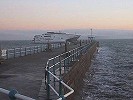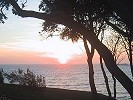Weymouth Harbour
Two
towns were formed where Radipole Lake disgorges into the sea and the harbour
laid in between the both. There was an intense rivalry and bickering between
the two sides for many centuries.
The south side was called Weymouth which has picturesque harbourside buildings that provide a backdrop to a sometimes quiet stroll towards the pier. Just behind the facade is Hope Square, home to the old Brewery and further along towards the entrance of the harbour is the Nothe Fort and its surrounding gardens.
The north side was called Melcombe Regis. When there was a rivalry between the two parts of Old Weymouth the fashion of going to the seaside for your health was not heard of, so Melcombe Regis was barely more than the Quay area and a Friary.
1348
Melcombe Regis was the port through which the dreaded
Black Death plague
entered the country.
1640s
The Civil War proved destructive for both sides
of the harbour.
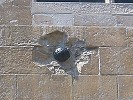
Late 18th century
Ope Cove was filled in to form part of
Hope Square, Cove Row and
Cove Street.
1794
The first packet steamer service from Weymouth to the Channel
Islands.
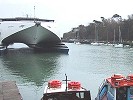
1836
The Weymouth side of the harbour had no
church of its own so Holy
Trinity was built.
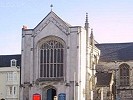
1872
The Nothe Fort at the entrance to the harbour was
completed.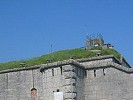
Late 19th century
The Quay railway which ran along
Commercial Road and Custom House Quay was constructed.

1930
The modern
Town Bridge opened.
1970s
Tudor buildings on the old High Street were
demolished for the council offices.
21st Century
Modern
developments have included new housing on the harbourside and a marina in the
inner harbour.

Click on thumbnails for descriptions and bigger pictures.


